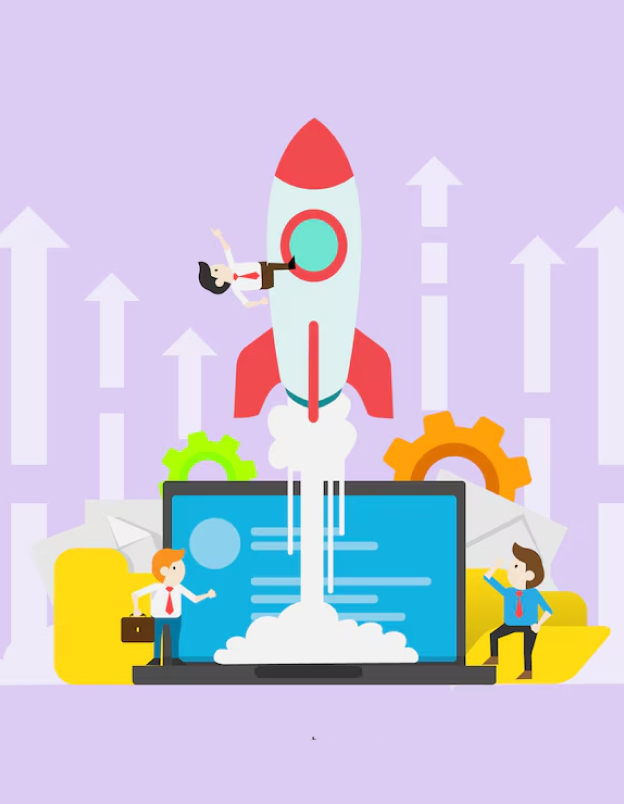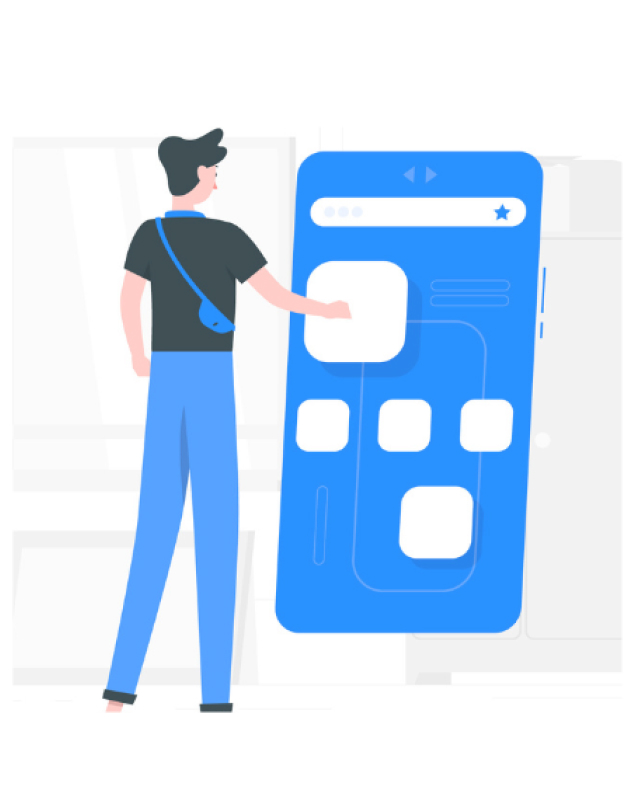No-code development allows users to create applications without coding, using visual tools like drag-and-drop elements. These platforms simplify the software creation process, making it accessible for non-programmers. The key criteria for selecting a no-code platform include:
1. Usability: Easy-to-navigate interface with clear tutorials, suitable for users with little technical background.
2. Customisability: The platform’s flexibility to modify features and adapt designs to specific project needs.
3. Community Support: Access to user groups and forums for troubleshooting and knowledge sharing.
4. Integration Capabilities: The platform’s ability to connect with databases, APIs, and other systems.
5. Cost and Licensing: Understanding the financial model and licensing terms to ensure budget and usage compliance.
Choosing the right no-code platform begins with evaluating your project requirements and long-term goals. Identify the specific features and functionalities you need, such as ease of use, customisation options, and integration capabilities. Consider the type of applications you plan to build and whether the platform can accommodate the complexity and scale of your projects. This ensures that the platform meets both your current and future development needs.
Additionally, assess the available community support and resources, which can be crucial for troubleshooting and continuous learning. Factor in the cost and licensing terms to ensure they fit within your budget and usage expectations. By carefully evaluating these aspects, you can choose a no-code platform that best aligns with your unique needs and sets you up for successful application development.
For more information on the leading no-code open source platforms – click here.









